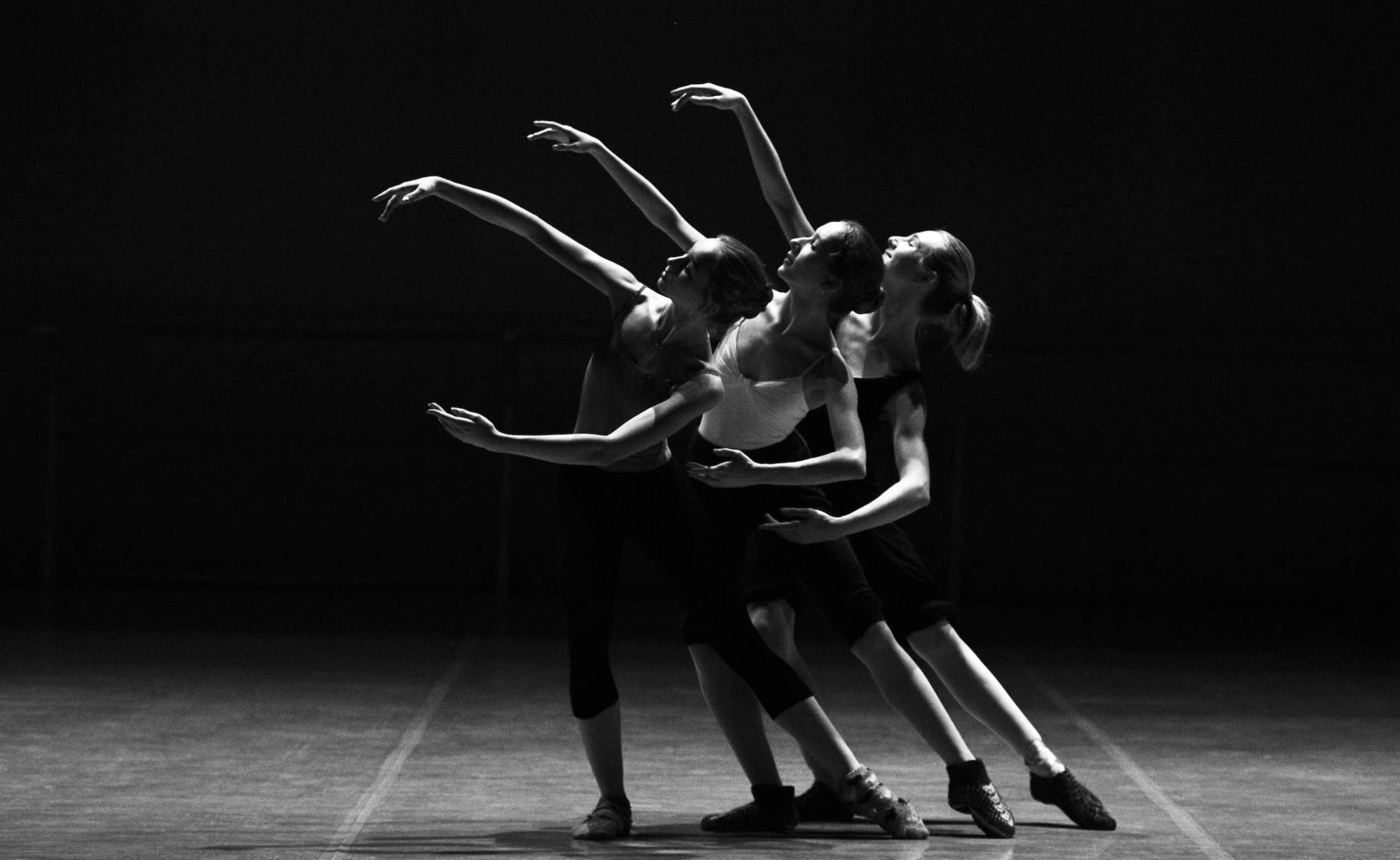
Arts and Science
How have the arts led to science improving our lives?
In 1888, Edward Bellamy wrote Looking Backward: 2000–1887. There’s a good chance that you’ve never heard of this book.
In it, the main character, Julian West, falls asleep for 113 years and wakes up in the year 2000. Bellamy’s book, while not commonly known, borders on prescient.
Some of the things that he predicted in the future included credit cards. The credit card was “invented” in the 1950s. To be fair, Bellamy didn’t invent the idea of “credit”. He also didn’t invent the idea of businesses giving your your product without handing over cash, but he did refine the idea far more into what more closely resembles today’s debit card system. Science fiction is full of cases where it “predicted” something years before it happened. This leap in convenience was brought about by the science needed to implement the changes.
When we talk about “why the Arts matter to science”, we have to remember that imagination is what inspires us.
Why the Arts matter
Inspiration is not something that comes out of a bottle. It cannot be quantified. Imagination is something that needs to be nurtured and many people find inspiration in nature – the fractals of a snowflake, the coloration of leaves in fall, or the wistful dreaming of an afternoon nap in the sun.
But education in arts and the ability to produce it are not the same. Why the arts matter is plain to see.
While Zoom and Skype may be commonplace now, when the Jetsons was airing on TV in the 1960s, the idea of a telephone where you could see the other person was a fantasy. Or a robot in your house, for that matter. I have a vacuum cleaner that is a robot.
But what if my vacuum were smarter?
Ethics in the context of science
Science advances humanity in immeasurable ways, but there are questions that science cannot answer. The heart and mind are impossible to quantify, so we leave this to the realm of the arts. Philosophy, for example, plays an important role in determining ethics.
As Dr. Ian Malcolm says in Jurassic Park,
“Your scientists were so preoccupied with whether they could, they didn’t stop to think if they should.”
In fact, it is not uncommon for philosophy to handle this sort of question, from AI to time travel. Or, perhaps, whether or not it would be possible for a computer could serve as a judge. Without getting into any spoilers, it’s a fascinating set of questions that leaves you wondering. It’s a topic that fascinates us, and we make movie after movie, write book after book, about AI gone amok. It’s like these questions are baked into our DNA.
The overlap of science in the Arts
What happens when you have AI attempting to do art? It’s been fascinating to watch the evolution of AI’s ability to produce art, but this has opened up quite a few questions. For example, if AI copies the style of an artist, who does that belong to. This has created numerous legal challenges, but has also allowed us to delve a little deeper into the question of the meaning of whether AI-art is even art at all.
Why the arts matter in general seems to be a question that is constantly being discussed (and litigated in court).
AI art, however, has a very difficult time creating its own new and unique forms, leading to problems and these sorts of ethical questions that are best handled by lawyers, artists, and philosophers.
AI and art
I often find myself wondering if artificial intelligence can play a role in the way that we view art. How can arts and science interact? For example, could it be possible for an art gallery to be curated based on the determination of AI-tracked facial expressions? There seems to be a place for using things like transfer learning to allow an algorithm to determine how people feel when they are looking at something. Could this be applied to art broadly?
Imagine a world when you can walk through a gallery and be taken on an emotional journey beyond just “walking from painting to painting”. Statues could be set up to tell an emotional story, instead of just the stories of their meaning.
While art is commonly understood to be a source of inspiration for science, could science inspire the way that art is framed?
The intersection of arts and science
This area of study has always been one that has been grounded in the humanities. The discussions about “what ifs” and “what abouts” rest firmly in the hands of the Arts. They matter.
But at times these fields are overshadowed by the technological achievements of the sciences. The discussion is always ongoing though.
MDPI has an ever-growing number of humanities journals, where we encourage academics to publish their work on everything from literature to philosophy to dance. The arts and science both have a home at MDPI, and we look forward to your submissions!










